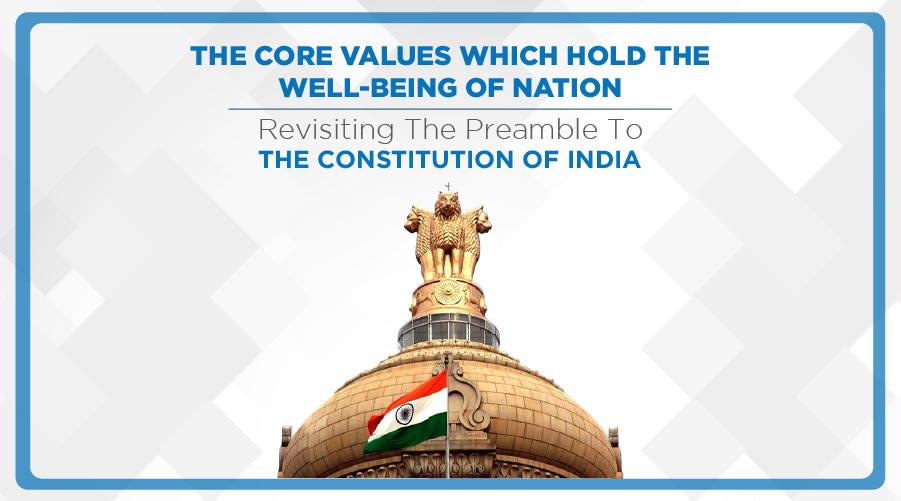Bengaluru As On Pen & Paper
BENGALURU, the capital of Karnataka is amongst the fastest-growing metro cities in India. The bustling city is christened with various endearing nicknames, namely, ‘The Garden City’ because of the widely spread natural cover, ‘The IT Hub’ because of the booming IT industry, ‘The Silicon Valley’ due to the technological innovations, and “The Startup hub of India’ for being the cradle for various startups in the country. It is also colloquially known as, ‘The Pensioners’ Paradise’, ‘The Fashion Capital of India’ and ‘The Pub City’.
Historically, Bengaluru had numerous names based on ten theories as listed in this informative article by Bangalore Mirror. Present day’s Bengaluru was earlier known as Bangalore, an anglicised version of the current name during the British rule. The city was renamed from Bangalore to Bengaluru on 1st November 2014 with the approval of the Union government of India. But the history of this name dates back to a stone inscription found at a temple in Begur from the 8th century. It is one of the oldest inscriptions that trace the history of Bengaluru’s name and which proves that the ‘Benda kaalu ooru’ tale was false.
Bangalore or Bengaluru is now home to millions of people from across the globe. According to an article published by Times Of India on August 2019, 50% of the population residing in the city comprises of migrants, based on a migration data study recently published by the Office of the Registrar General and Census Commissioner of India.
Bengaluru as a city was built and established by Kempegowda, a feudatory ruler under the Vijayanagara kingdom in 1536. Currently, the fast-moving and developing Bengaluru is one of the best cities to reside in the Indian subcontinent. With each passing era, the rich history of this city has been enveloped by its development. Like many British ruled provinces in India with their highly documented history, Bengaluru’s own history remains mostly unknown due to its absence from academic books. Few historians state that Chathrapathi Shivaji Maharaj spent some years in Bengaluru along with his mother, Rani Jija Bai (when it was under Maratha rule). Most citizens today remain unaware of such historical knowledge of Bengaluru. Therefore, to trace the trajectory of “Kempegowda’s Bengaluru” to the present day “Cosmopolitan Bengaluru”, numerous historians and authors have written a variety of books revolving around the city’s history, lifestyle, culture and its evolution over decades.
The following books reflect on Bengaluru’s history and heritage.
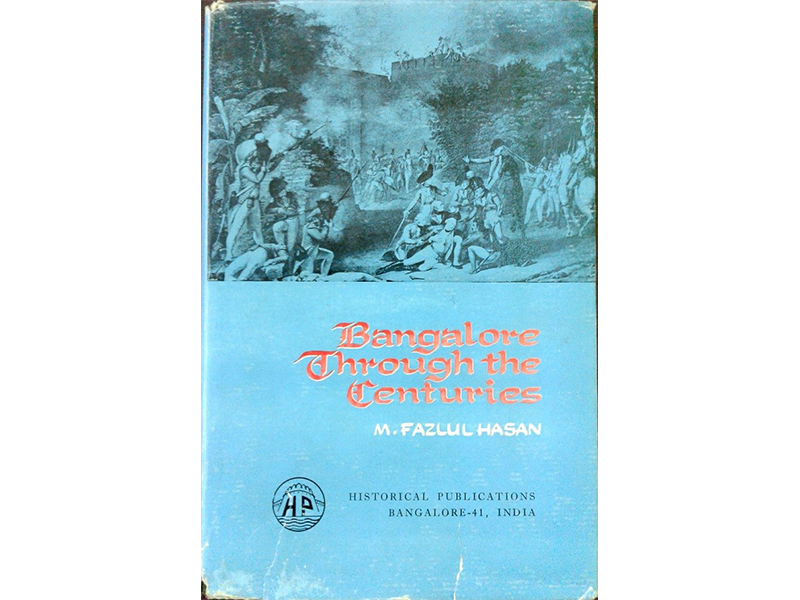
Fazul Hassan’s “Bangalore through the centuries” published in 1970
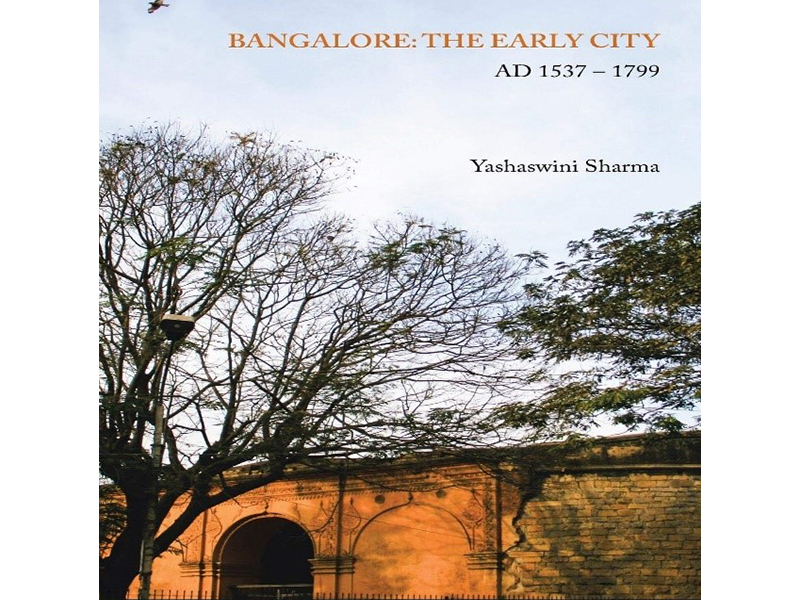
Yashaswini Sharma’s “Bangalore: The Early City (1537-1799)” published in 2016

TV Annaswamy’s “Bengaluru to Bangalore”
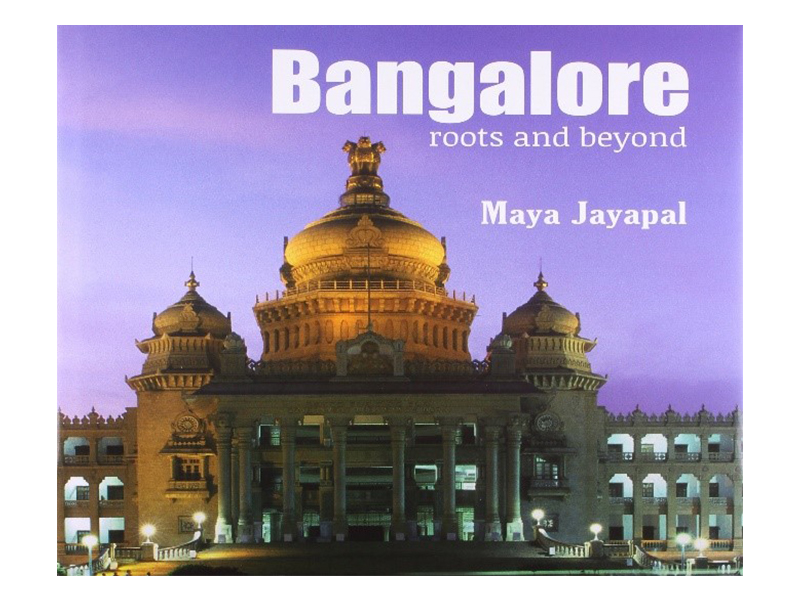
Maya Sharma’s “Bangalore: Roots and beyond” published in 2014

Narendra Pani’s “Bengaluru Bangalore Bengaluru: Imagination of their times” published in 2008
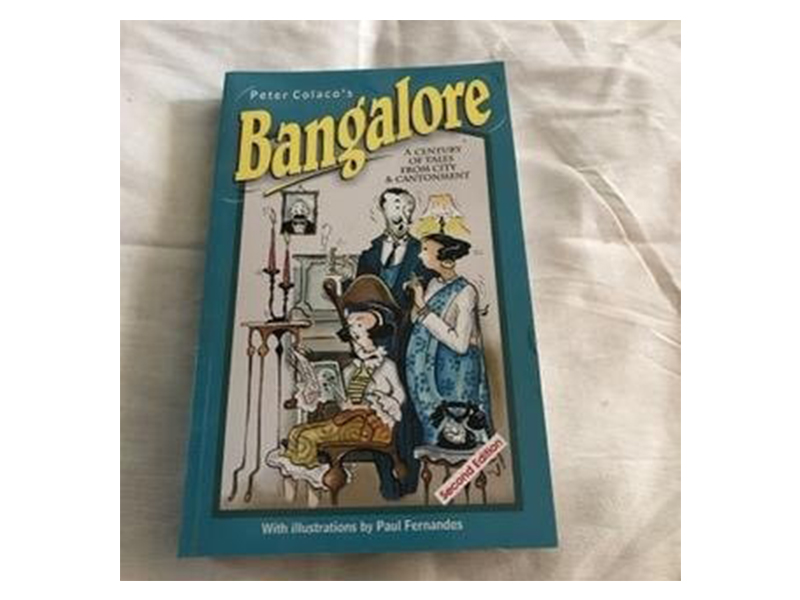
Paul Colaco’s “Bangalore, A Century of Tales from City and Cantonment” published in 2003

Aditi De’s “Multiple city: Writings on Bengaluru” published in 2008
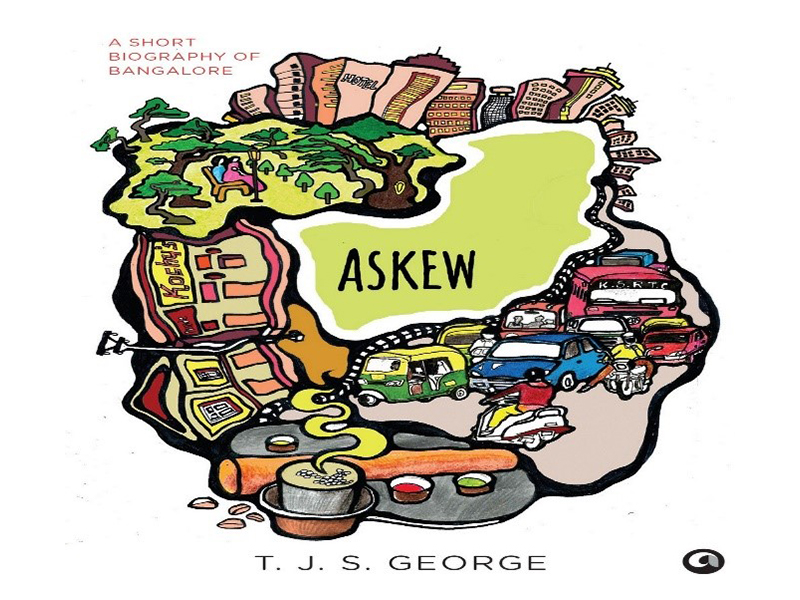
TJS George’s “ASKEW- A Short Biography of Bangalore” published in 2016
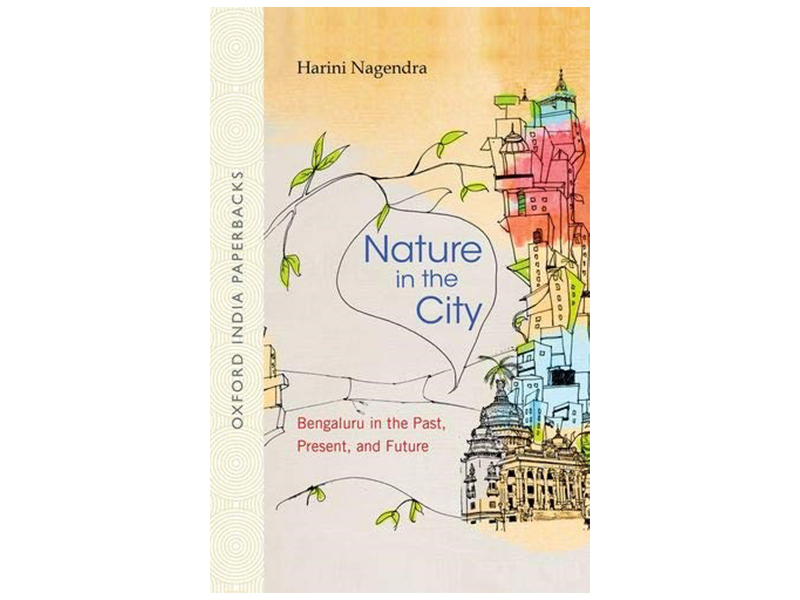
Harini Nagendra’s “Nature in the City: Past Present and Future” published in 2016
The above-mentioned books enlighten us about the past eras of Bengaluru. Authors have written about the emergence of the city over several centuries dating back to the 6th century to British cantonment in the 19th century.

Several authors have documented the city in the form of painting and pictures that gives us a glimpse of the city’s look in the olden days. Somerset Playne, a British author has written the book “Southern India – Its History, People, Commerce and Industrial Resources” where he has documented the emerging industrialization of the city with pictures before 1915.
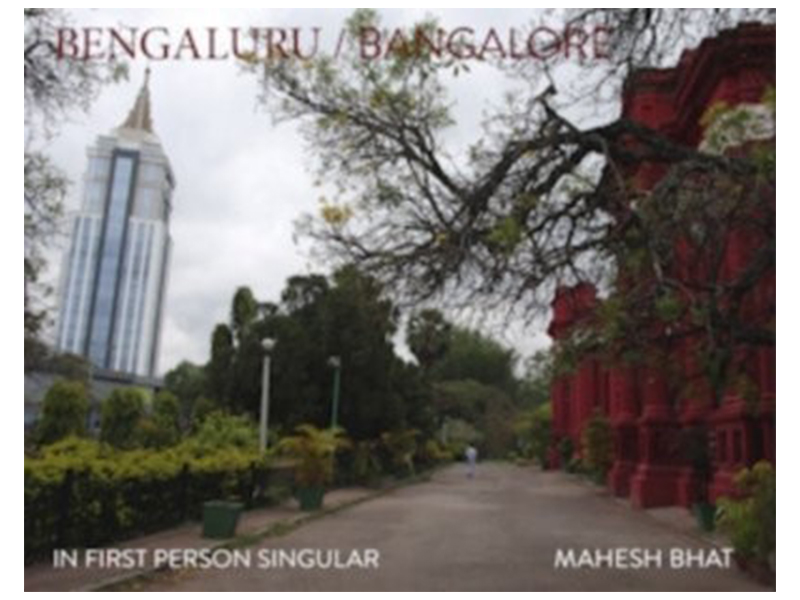
Similarly, Mahesh Bhatt’s “Bengaluru/Bangalore – In First Person Singular” is a collection of pictures of Bengaluru city over the past 25 years which shows the development arc of the city.
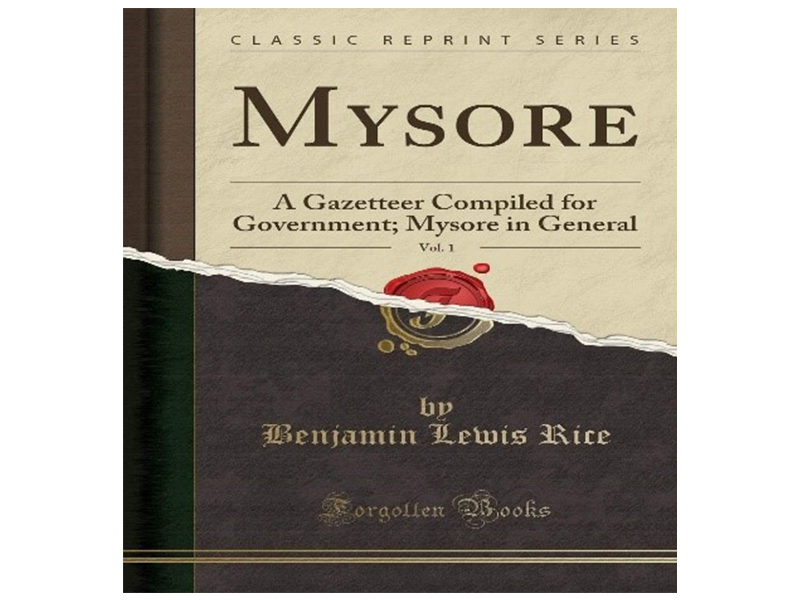
Benjamin Lewis Rice, a British historian has written the book “Mysore – A gazetteer compiled for government; Mysore in general” which is still considered as the primary source of information on the olden Mysore state. This book covers geographical and pictorial information about the city.
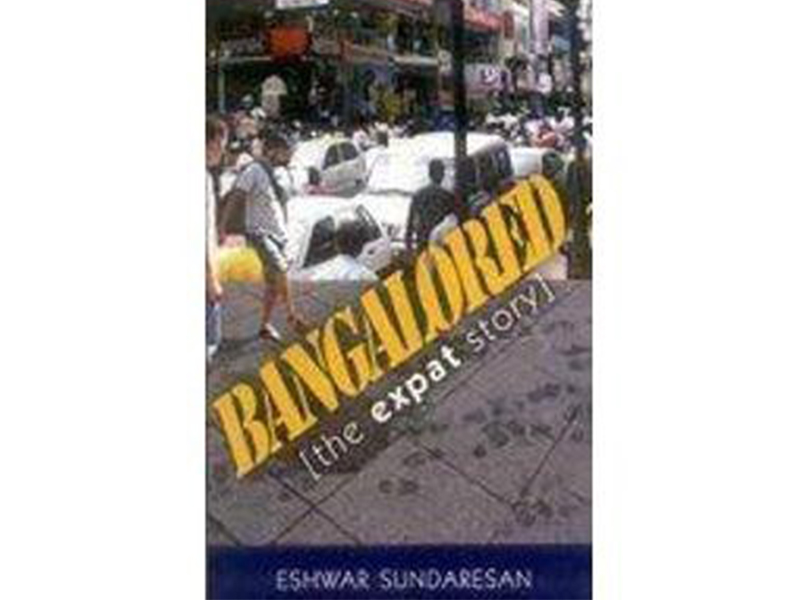
There are a lot of literary books on the city’s lifestyle and its adaptive culture. Books like, “Bangalored: The Expat Story” by Eshwar Sundaresan, gives an idea about the lifestyle in Bengaluru city, its culture and people.
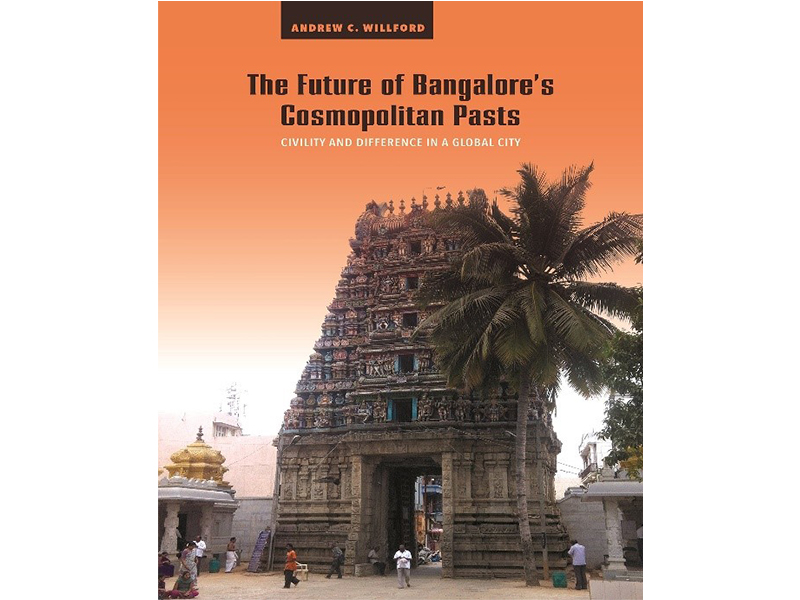
“Blossoms of Bangalore” by TP Issar tells about the significance of its name as the Garden city; “The Future of Bangalore’s Cosmopolitan Pasts: Civility and Difference in a Global City” by Andrew C. Wilford, explores the diversity in the city’s culture, traditions and languages and how the global city is making a difference in the competent world.
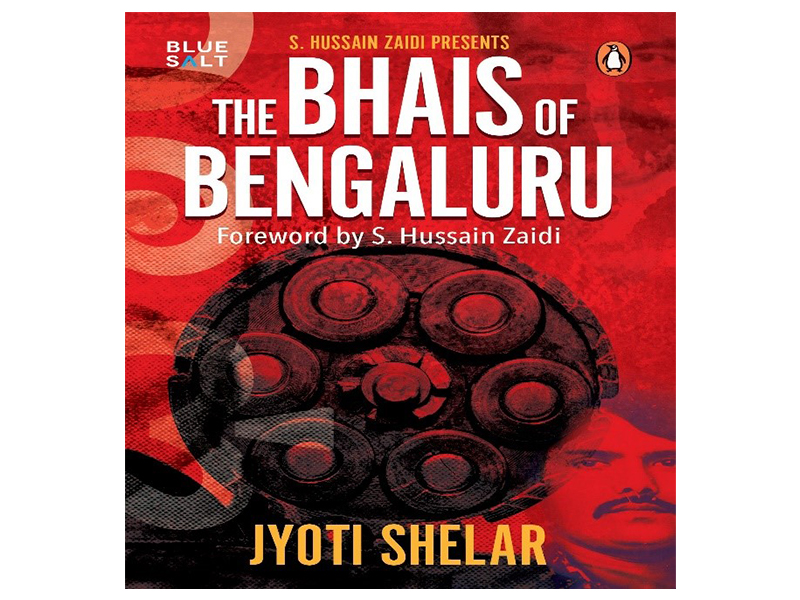
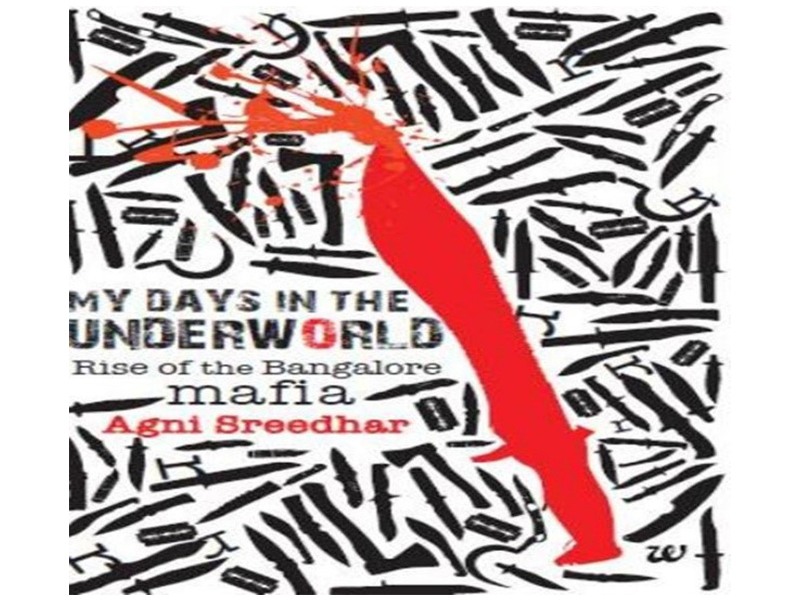
The book “The Bhais of Bengaluru” by Jyothi Shelar and “ My Days in the Underworld: Rise of the Bangalore Mafia” by Agni Shreedhar takes the readers on an exploration of the underworld and shines light on the dark crime tales of the city over the past decades.
Books in Kannada
There are several historians and authors in Karnataka who have dedicated years to write about Namma Bengaluru, its history, culture and about its founder Kempegowda in the state language, Kannada, by focusing on the awareness of the local people about their glorious past and keeping the essence of Kannada intact among the masses.
“Bengaluru Darshana” by Prof Krishnayya, written in three major volumes gives a complete arc of details about the city, covering its history, geography, demography, economy, politics and its development through recent years.
“Bengalurina Ithihaasa” by Ba. Na Sundaraaro and “Idhu Namma Bengaluru” by Suresh Moona, these two books cover the complete history of the city from the early stage and the evidence left over that tells us stories of a Bengaluru which is lost in time.
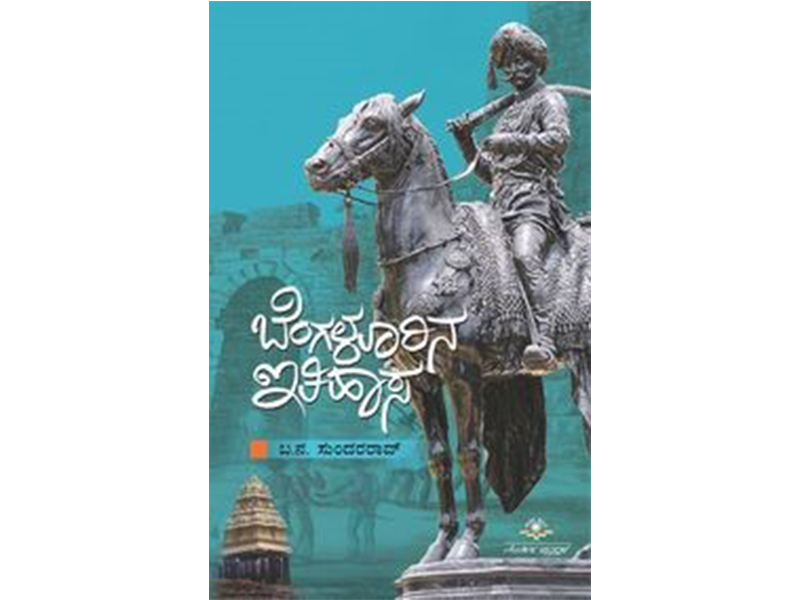
“Bengaluru Parampare” by SK Aruni and “Bengaluru Nagaradha Grama Devathegalu” by Krishna Nayaka, narrates a story of Bengaluru’s history, culture and traditions followed over the years. Krishna Nayaka covers the Bengaluru rural and urban deity worshipping, which also shows traditions followed in the olden days.
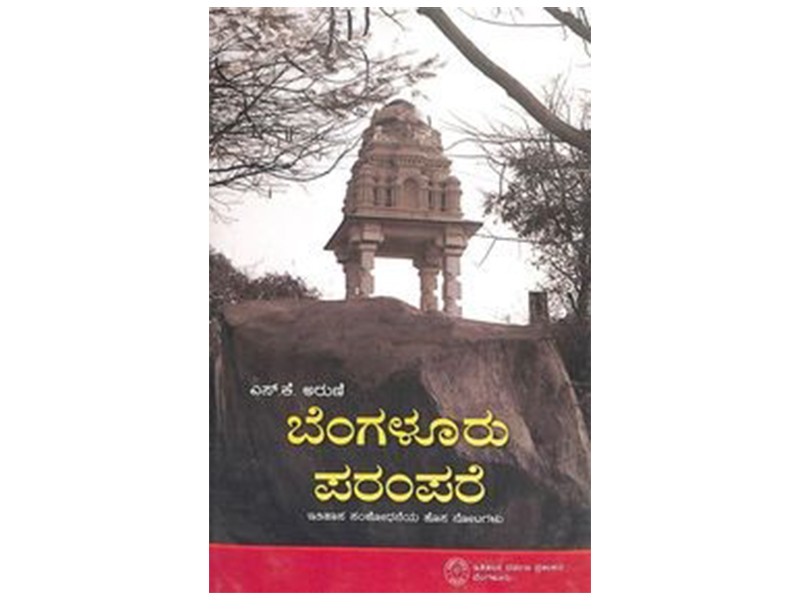
Despite vast content about the history of Bengaluru, not much is known about Kempegowda. The books “Bengaluru Kempegowda” by MA NA Murthy, “Bengaluru Nagara Nirmapakaru” by Suresh Moona and “Magadi Kempegowda Raja Vamshashtha: Yelahanka Nadaprabhugala Bhavya Ithihasika Parampare” by DR T Govindayya reveals a complete biography of Kempegowda and his ancestors. The books provide insights into his life and his vision of building his dream city.
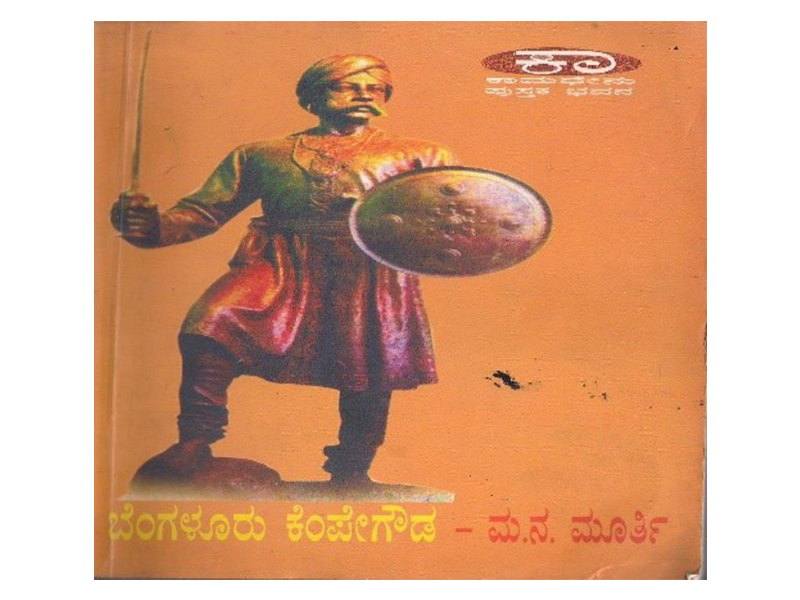
Bengaluru has now grown beyond the boundaries of Kempegowda. Globally Bengaluru has established an identity of its own by achieving phenomenal development rates in major sectors of the economy. The current day Bengaluru has an impactful presence in the world map, but unfortunately, the world remains unaware of the rich history of the city and its ambitious founder. The authors of the above-mentioned books strive to tell these stories to its readers. One should understand the importance of knowing the historical background of the place where they belong to. To face future challenges, it is essential to comprehend the past that has primarily built our present-day foundation.
Author : Karthik Gurumurthy


